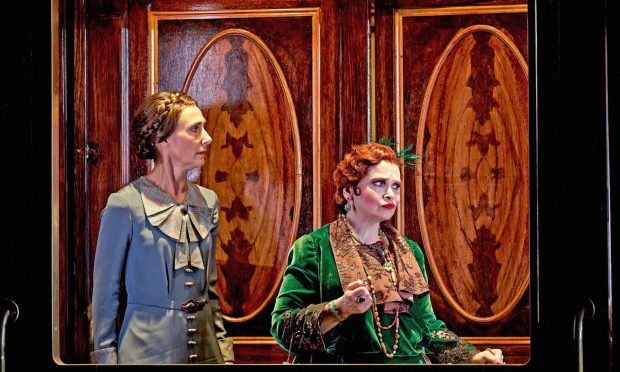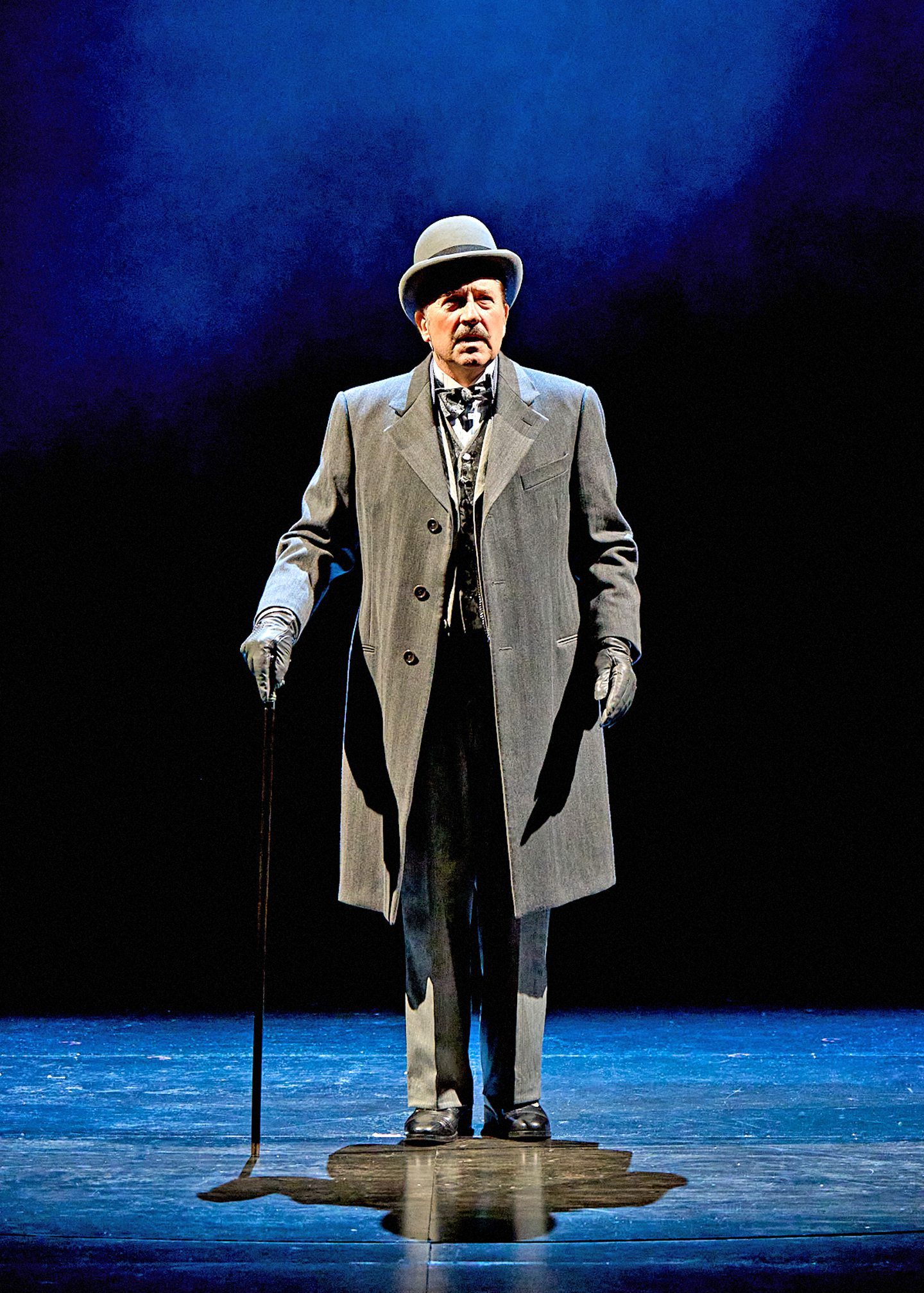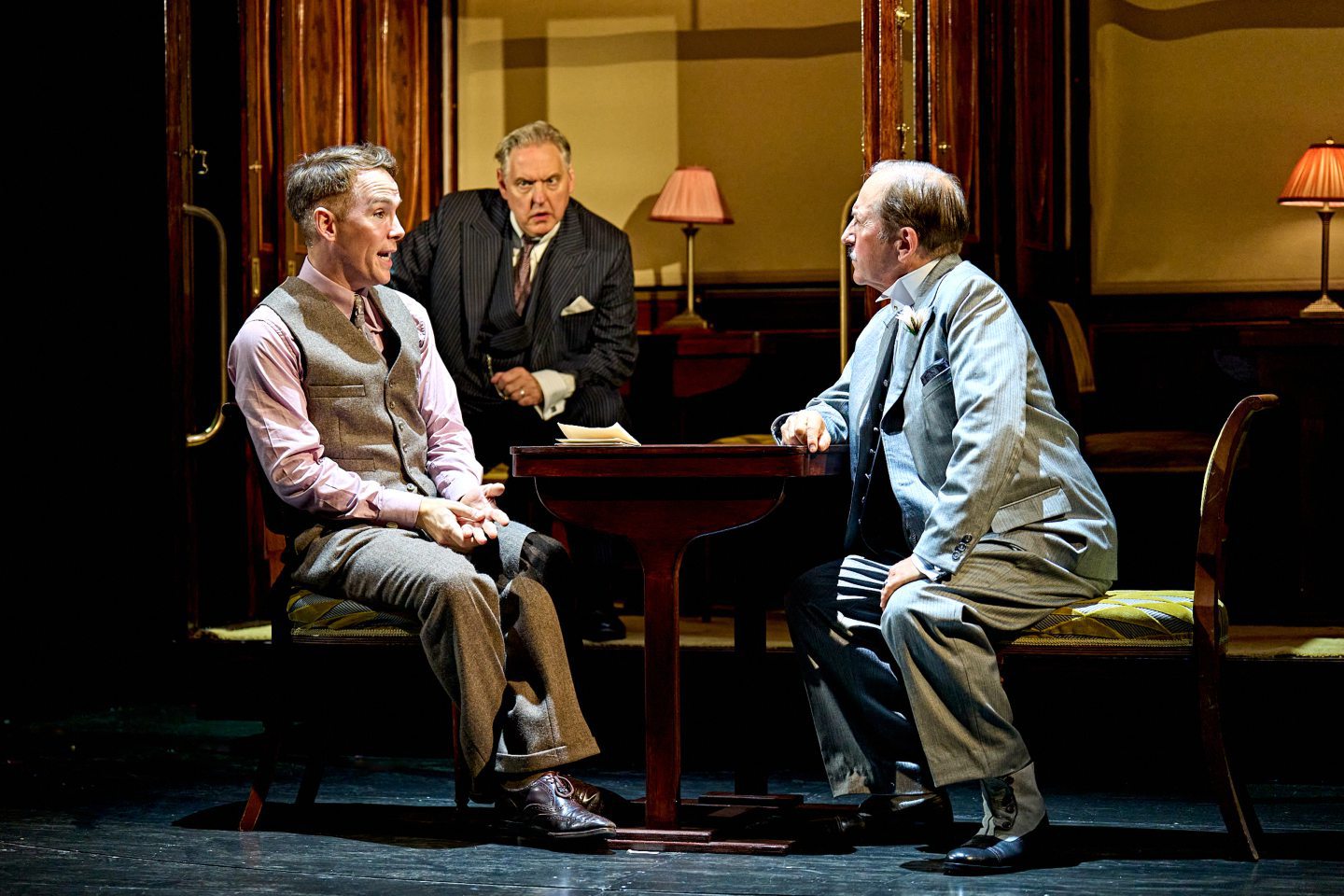Murder on the Orient Express – in play form – has created a lot of buzz over the last few years, so when it emerged it was headed to Aberdeen I was itching to see what all the fuss was about.
And I was not disappointed.
Agatha Christie is the best-selling novelist of all time. Two billion of her books have been sold – second only to the Bible and Shakespeare.
So naturally, the plot of Murder on the Orient Express is well known by most of us, being one of Christie’s most popular tales.
Winter 1934 and an avalanche stops The Orient Express dead in its tracks. A murder. A train full of suspects. An impossible case.
“The impossible could not have happened, therefore the impossible must be possible in spite of appearances.”
Trapped in the snow with a killer still onboard, can the world’s most famous detective, Hercule Poirot, crack the case before the train reaches its final destination?
Starring Michael Maloney (of The Crown and Young Victoria fame) as the celebrated Belgian sleuth, this brand-new production is a thrilling ride as gripping as it is tense.
Stage production of Murder on the Orient Express shows why story is still one of Agatha Christie’s greatest achievements
For the few in the audience who may not (why not?) have read the book, the ingenious murder mystery will keep you guessing until the end of the line, culminating in a final twist that is one of Agatha Christie’s greatest literary achievements.
In brief, the story takes place aboard the eponymous Orient Express, the long-distance luxury train service travelling the length of continental Europe from Istanbul to Paris.
With the train stalled somewhere in Yugoslavia due to snow, Poirot awakens one morning to be informed by Monsieur Bouc, director of the train operator, that one of the passengers has been murdered and that the murderer is still aboard, having no way to escape in the snow.
As there are no police on board, and with the train stranded hours from the nearest town, Poirot takes up the case.
Having observed a string of strange occurrences, Poirot gets to work, calling in for questioning the stranded passengers one by one and trying to piece together the events of the fateful night.
As our intrepid, moustachioed private detective hero carries out his investigation, it transpires that each suspect (and every passenger is a suspect) has a connection in common.
A key element of the story’s success is the eclectic, cosmopolitan cast of characters, in this version including English governess Mary Debenham, Swedish missionary Greta Ohlsson (“poor creature, she’s a Swede”); Italian-American car salesman Bruno Cassetti, Russian Princess Natalia Dragomiroff, Hungarian Countess Helena Andrenyi, and Colonel Khan of the Indian Army.
So it’s worth saying a word about the performers who played them.
Stellar cast, stellar performance, and a stellar evening’s entertainment at HMT
Maloney was commanding in the leading role of Poirot, but there were so many stars on the night.
Bob Barrett (Father Brown, Casualty), Mila Carter, Rebecca Charles (Bridget Jones’s Diary), Debbie Chazen (Midsomer Murders, Eastenders), Simon Cotton (Outlander), Jean-Baptiste Fillon (Mission: Impossible – Fallout, Poldark), Christine Kavanagh (Dr Who, Inspector Morse), Paul Keating (Silent Witness), Iniki Mariano, Rishi Rian and Alex Stedman (Skins) all played off each other beautifully.
A stellar cast. A stellar performance. And with a dash of humour that worked sublimely.
Over the 90 years since it was published, Murder on the Orient Express has been adapted for film, TV, radio, comics, and believe it or not, computer games (yes indeed, on Xbox, Playstation, Nintendo Switch and PC).
But I’ve long thought great literary works come most alive on stage (see: Dickens, John Buchan, PG Wodehouse).
Last night’s adaptation by Ken Ludwig, directed by Lucy Bailey, did nothing to dispel me of this notion.
Truly a midweek treat for everyone at His Majesty’s Theatre, Agatha Christie fan or not.
As is the norm these days for touring companies treading the boards at HMT, the staging, setting and costumes were all tremendous, adding to the sheer joy of the show.
Don’t take it from me, take it from my enthralled 11-year-old daughter who accompanied me.
If you haven’t already bought tickets for this singular and ultimately marvellous production, I suggest you do so quickly.
It’s on until Saturday and you can buy tickets here.



Conversation